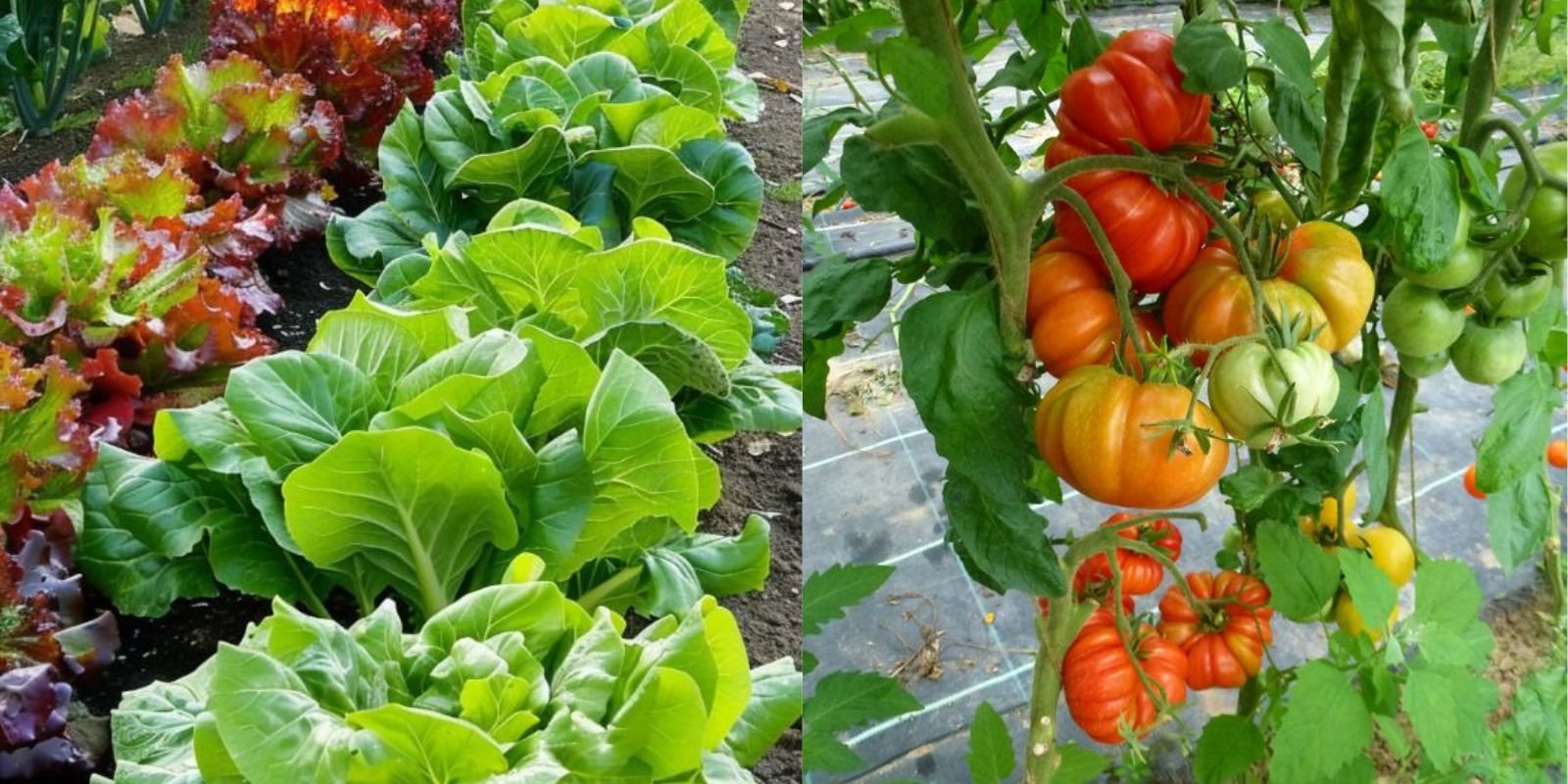Gardening is a wonderful way to connect with nature, grow your own food, and enjoy the beauty of plants. Whether you have a spacious backyard or just a small balcony, there are numerous creative vegetable garden ideas that can help you maximize your space and achieve a bountiful harvest. In this article, we’ll explore several innovative and practical vegetable garden ideas that can transform your gardening experience and inspire you to cultivate a thriving garden.
1. Raised Beds
Why Raised Beds?
Raised beds are an excellent solution for gardeners looking to improve soil quality, enhance drainage, and simplify garden maintenance. By elevating the growing area, raised beds offer several advantages:
- Better Soil Control: You can customize the soil mix to suit your plants’ needs, ensuring optimal fertility and drainage.
- Easier Access: Raised beds reduce the need for bending and kneeling, making gardening more accessible and comfortable.
- Extended Growing Season: The soil in raised beds warms up faster in the spring, allowing for an earlier planting season.
How to Build and Use Raised Beds
- Choose a Location: Select a sunny spot with good drainage for your raised bed.
- Build the Frame: Construct the frame using wood, stone, or metal. Standard dimensions are 4 feet wide by 6-8 feet long, with a height of 12-24 inches.
- Fill with Soil: Use a mix of compost, garden soil, and organic matter to fill the bed.
- Plant: Arrange your vegetables in the bed, leaving enough space for each plant to grow.
2. Vertical Gardening
Why Vertical Gardening?
Vertical gardening is perfect for those with limited space or those who want to maximize their growing area. By utilizing vertical space, you can grow more plants in less ground area. This method also improves air circulation and reduces the risk of soil-borne diseases.
How to Implement Vertical Gardening
- Use Trellises: Install trellises or netting for climbing plants like beans, cucumbers, and tomatoes.
- Vertical Planters: Opt for wall-mounted planters or hanging pots for herbs, lettuce, and strawberries.
- DIY Solutions: Create your own vertical garden using recycled materials, such as wooden pallets or PVC pipes.
Tips for Success
- Choose Suitable Plants: Select plants that are well-suited to vertical growth and have a compact habit.
- Support and Train: Regularly train plants to grow in the desired direction and provide support as needed.
3. Companion Planting
Why Companion Planting?
Companion planting involves growing plants together that benefit each other in various ways. This method can enhance plant health, increase yields, and reduce pest problems. For example, certain plants can improve soil fertility, attract beneficial insects, or deter harmful pests.
Popular Companion Planting Combinations
- Tomatoes and Basil: Basil repels pests and enhances the flavor of tomatoes.
- Carrots and Radishes: Radishes can help loosen the soil, making it easier for carrots to grow.
- Beans and Corn: Beans fix nitrogen in the soil, benefiting nitrogen-hungry corn plants.
How to Plan Companion Planting
- Research Plant Needs: Understand the growth habits and needs of each plant.
- Plan Layout: Arrange companion plants in your garden to maximize their benefits.
- Monitor and Adjust: Observe plant interactions and make adjustments as needed.
4. Square Foot Gardening
Why Square Foot Gardening?
Square foot gardening is a highly organized method that maximizes space and simplifies planting. By dividing your garden into small squares, you can efficiently plan and manage your crops, leading to higher yields and reduced maintenance.
How to Implement Square Foot Gardening
- Build a Grid: Create a grid of 1-foot squares using stakes and string or a pre-made garden bed with grid divisions.
- Plan Planting: Plant different crops in each square based on their spacing requirements (e.g., 16 radishes or 4 lettuce plants per square foot).
- Maintain Soil Health: Regularly add compost and organic matter to keep the soil fertile and healthy.
Benefits and Tips
- Efficient Use of Space: Maximize your garden’s potential by using every square foot effectively.
- Easy to Manage: Simplify planting, weeding, and harvesting with a structured layout.
5. Container Gardens
Why Container Gardens?
Container gardening offers flexibility and is ideal for small spaces, urban environments, or those with poor soil. Containers allow you to grow vegetables on patios, balconies, or even indoors.
How to Start Container Gardening
- Choose Containers: Select containers with good drainage holes. Options include pots, barrels, hanging baskets, and even recycled containers.
- Use Quality Potting Mix: Fill containers with a well-draining potting mix designed for vegetables.
- Plant and Care: Plant your vegetables according to their spacing needs and provide regular watering and fertilization.
Tips for Container Gardening
- Select Suitable Vegetables: Opt for compact or dwarf varieties that thrive in containers.
- Rotate Crops: Practice crop rotation to prevent soil depletion and reduce pest problems.
Conclusion
These vegetable garden ideas offer creative and practical solutions for enhancing your gardening experience and achieving a bountiful harvest. Whether you’re using raised beds, exploring vertical gardening, implementing companion planting, practicing square foot gardening, or experimenting with container gardens, each method provides unique benefits and opportunities for success.
Ready to get started on your vegetable gardening journey? Share your favorite ideas, ask questions, or discuss your gardening experiences below! Let’s cultivate our gardens with creativity and passion and enjoy the rewards of a vibrant, thriving garden. 🌿🍅🥒🫑

